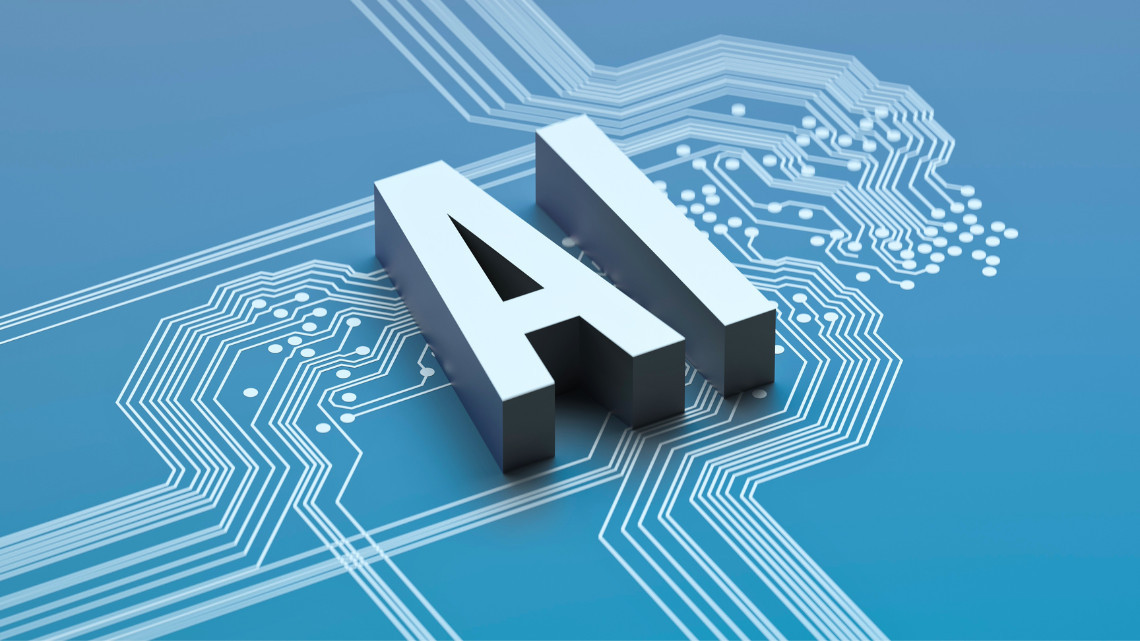
For many in HR today, artificial intelligence (AI) is mainly utilized in the recruiting sphere. From chat boxes, video interviews, and resume assessment to candidate resume creation, AI is becoming a staple in the recruitment area. However, AI could upend the compensation and labor markets through pricing algorithms. For example, in the IC market for Uber drivers, algorithms are used to determine peak pricing and control ride share costs. Therefore, Uber driver expectations are upended. In other words, a $60 to $85 to drive from West Hollywood to downtown Los Angeles at peak surge, a roughly 6-to-10-mile trip depending on the specific route, could be $25 and $35 for the same trip.
By using sophisticated AI, Uber may have used algorithms that appear to learn the lowest amounts that drivers will accept and turn them into the norm, which could explain the dive in pay experienced by the Uber drivers.
But what happens when employers use algorithms to determine employee pay? With contracting rates available on various platforms for jobs that employers may be recruiting for and with pay ranges for titles due to pay transparency laws, algorithms may have enough information to make determinations for starting pay. Yet, this information may not be accurate, especially since jobs will likely be matched through titles, not duties. AI surveys will unlikely be consistent employer to employer. As such, these AI surveys could cause wrong pricing decisions from the get-go.
Another possible outcome of AI pricing is that employees may arbitrage the job market and go to different employers based on the pricing models the algorithms develop, leading to possible staffing shortages and product hold-ups. Resume expectations may change from longevity to skill based as primary mover with the understanding that employees will leave if something better comes along.
It doesn’t help that, following the wage increases during the pandemic, salary budgets – particularly wages – are returning to the stagnant growth levels seen before the pandemic.
Dr. Dan Kuang, PhD., Director at Resolution Economics, LLC, believes that employees are literally going to quit a low paying job when the market picks up and switch companies, arbitraging the labor market, and project managers like himself are going to have a difficult time project planning with musical chairs. He states that no one yet is talking about these issues.
Workplaces are also increasingly adopting AI powered management software, which could indirectly influence pay by allocating projects and shifts based on employee data, Antonio Aloisi, an associate professor at IE University Law School in Spain, states. Therefore, growth opportunities for employees will lose out to what could bring higher margins to a project. It could also lead to steering discriminatory actions if project allocation has tendency issues, like more important or complex projects to men or whites.
Further, actual salary time could be impacted, leading possibly to a rise of nonexempt employees. The New York Times reported that 8 out of 10 of the largest private U.S. employers track productivity of workers, often in real time. Digital monitoring is not new, but the algorithms interpretations of inactivity are. The biggest complaint by employees is that this approach is wrongly capturing time worked and is unable to track offline activity. For example, employees who are not on their computer, but possibly working paper/pencil or on calls but not through the computer program such as Teams, could be hit with reduced pay of just the time actually monitored for work. For whatever reason management decides to take the AI monitoring approach to pay, it could lead to a host of wage and hour issues and lawsuits.
The takeaway is that AI is only in phase 1.1 currently, and as it grows in usage within the sphere of HR activity and becomes more sophisticated in decision-making, HR needs to establish internal guidelines and testing to ensure first that discrimination is not occurring, second that the AI is not violating other laws, such as Wage and Hour, and third does not lead to unexpected results such as job arbitrage. AI growth is moving fast, and HR needs to be ahead of it to protect the organization.
Source: Slate 10/13/24, New York Time 8/14/24
By Anthony Kaylin, courtesy of SBAM-approved partner, ASE.
Click here for more News & Resources.